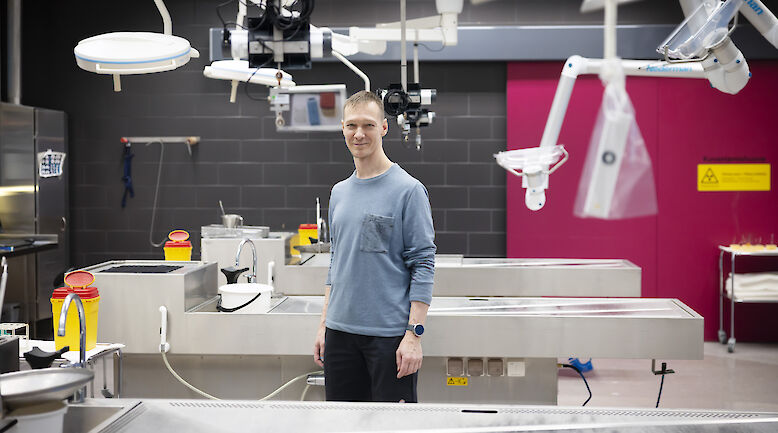English summary: TREATMENT OF HEPATITIS C AND B

Hepatitis B and C are the most common agents causing hepatocellular cancer globally. In Finland, some 1 200 new cases of hepatitis C and 360 acute and chronic cases of hepatitis B are diagnosed annually. Acute hepatitis C leads to chronic hepatitis in 50 to 80% of the cases, whereas only 5% of patients with acute hepatitis B will develop chronic carrier state. An effective vaccination is available against hepatitis B, but not for hepatitis C.
Combination therapy, especially in chronic hepatitis C, has totally displaced interferon monotherapy. Pegylated interferons have improved treatment results, especially in patients with hepatitis C genotype 1. Depending on the genotype and viral load, a sustained virological response can be reached in 46-95% of the patients. In most cases of chronic hepatitis B, nucleocide analogues have become the first-line therapy due to their fewer side effects and easy dosage, but at the same time the goals of the therapy have been re-evaluated. Eradication of hepatitis B virus or even seroconversion of HBeAg is seldom reached with nucleoside analogues, and combination therapy with interferons and nucleotides has not improved the results. The goal of therapy is longstanding suppression of the virus. Improved treatment results have also expanded the indications for therapy. The treatment of viral hepatitis is still expensive and causes many adverse events. Therefore, the therapy of viral hepatitis should be centralised in Finland.
KIRJALLISUUTTA













